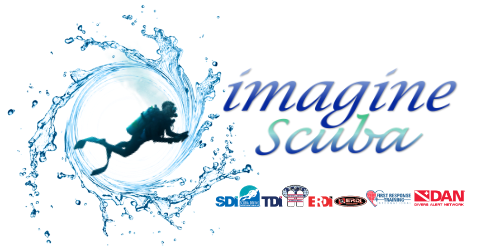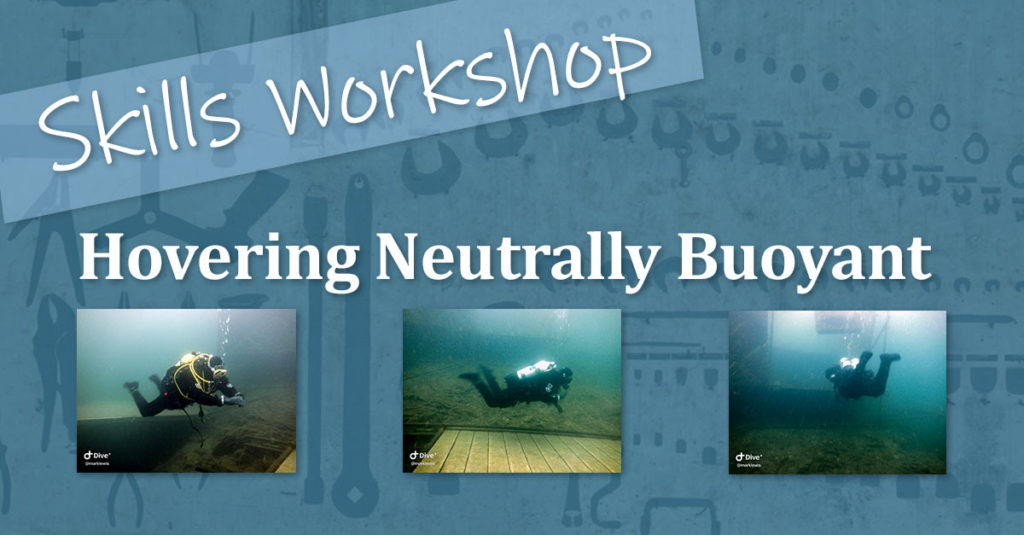I’ve recently been coaching some divers on ways to improve their neutral buoyancy hover when in the water. A common thing I’ve seen is a diver maintaining their buoyancy by finning. There are many reasons why this may happen, including weighting, kit setup, etc.
After eliminating all of the other more common reasons, I’ve found it sometimes comes down to the students not being comfortable in their dry suits or simply not understanding how it works.
Sometimes dry suit training doesn’t incorporate everything that it should, as it often gets combined with other training courses and appears to predominantly centre on resolving inversions rather than focusing on air migration.
What is air migration?
Simply put, it’s utilizing the air in your dry suit to balance (trim) you in the water, allowing you to maintain a neutrally buoyant hover in the water column.
To teach air migration, I use a skill where I take a student into shallow waters (maybe six metres) and get them comfortable on a training platform with handholds on it, so that if they do have a problem, they can hold onto the platform initially whilst they get used to the skill. Then, we remove our fins and focus on our hovering.
Fins provide propulsion, so without them on, a diver’s senses are heightened, and they notice immediately when things don’t feel right, allowing them to compensate with the air in their suit rather than with their fins.
The reason I choose to do this with no fins is that it helps them focus on the air migration in the suit, without compensating by finning, thus allowing the diver to focus on their breathing and their dry suit as their means of buoyancy. In order to maintain the neutrality of their position once they have the right balance of air in their suit, the diver can continually adjust by controlling their breathing.
How long should this drill last?
I’ve found that in an hour’s session, maybe the first twenty minutes are tough, with a lot of corrections and adjustments… and then in most cases, it clicks, and the diver can maintain their position without much effort. Once they’ve attained this skill of hovering, other tasks and skills become more achievable.
Bring in the fins
Then, when they put their fins back on, it simplifies everything, and suddenly the diver has a new perspective on neutral buoyancy hovering. This ultimately makes them a safer diver and improves their competency.
I will add that this is not a skill required within any course that I teach, but something I do occasionally in a skills workshop to help divers progress. In my experience, it works, but if you’re going to try it, ensure that you have an understanding buddy who is happy to keep an eye out for you.
By Mark Lewis


